Philodendron Plant
- January 17, 2024
- 0 comment
The Philodendron, named from Greek words ‘philo‘ (love) and ‘dendron‘ (tree), meaning “tree lover”, is a distinguished genus in botany, known for its diversity and adaptability. These plants are cherished for their ease of care and ability to thrive in various settings, both indoors and outdoors. With a range of species, Philodendrons display an array of shapes, sizes, and colors, from bright green heart-shaped leaves to variegated pattern. They’re not only visually appealing but also purify the air, enhancing indoor environments. Their low-maintenance nature makes them a favorite among both beginner and expert plant lovers.
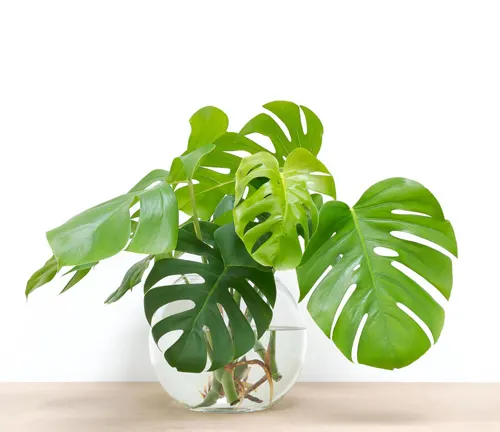
Characteristics of the Philodendron

Appearance
Philodendrons are known for their lush, green leaves, which can vary in shape and size. Some species boast large, heart-shaped leaves, while others have smaller, more intricate foliage. The color of the leaves can range from deep green to variegated patterns of green and yellow.
Growth Habit
The diverse growth habits of Philodendron plants – whether climbing or non-climbing – offer a range of options for incorporating greenery into different spaces and design schemes. Their adaptability, combined with the unique characteristics of each type, makes Philodendrons a versatile and appealing choice for indoor gardening.


Adaptation and Placement
Both climbing and non-climbing Philodendrons are adaptable to a variety of indoor environments, making them a popular choice for plant enthusiasts. Climbing varieties are often placed in hanging baskets or on high shelves where their trailing vines can cascade down gracefully. In contrast, non-climbing varieties are typically placed on the ground or on low surfaces, where their upright growth can be fully appreciated.
| Feature | Description |
|---|---|
| Genus | Philodendron |
| Species | Over 489 recognized species |
| Family | Araceae |
| Native Habitat | Tropical Americas and West Indies |
| Types | Vining and non-climbing |
| Leaf Variation | Size, shape, and texture vary between species, green, coppery, red, or purplish leaves with parallel veins |
| Fruit | White to orange berries |
| Growth Rate | Fast, up to 4 inches per week during spring and summer |
| Lifespan | Decades with proper care |
| Light Preference | Dappled sunlight for climbing types, brighter light for upright and variegated types |
| Watering Needs | Moderate, allow soil to dry slightly between waterings |
| Humidity Preference | Moderate to high |
| Toxicity | Toxic to humans and animals |
| Popularity | Easy to care for, attractive foliage, perfect for beginners |
Care and Maintenance
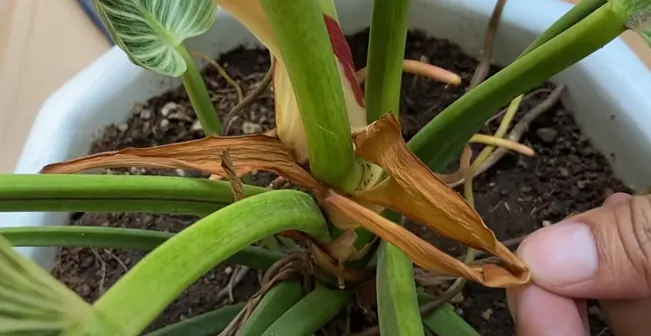
Philodendron plants are known for their flexibility with light, making them great for different indoor spots. They do well in both low-light areas and brighter spaces with indirect sunlight. Although they can grow in less light, they thrive and look their best with medium to bright, indirect light. Avoid putting them in direct sunlight, as it can damage their leaves. Simply put, Philodendrons are easy-going with where you place them, as long as they’re not in too much shade or direct sun.
Ideal Lighting Conditions
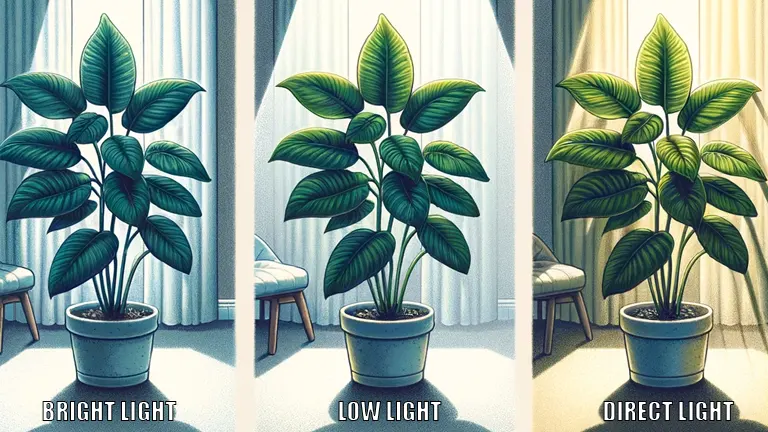
Most species of Philodendron plants flourish best in medium to bright indirect light. This level of lighting mimics the dappled sunlight of their native tropical rainforest habitats, where sunlight filters through the canopy. In these conditions, Philodendrons exhibit robust growth, vibrant leaf color, and maintain a healthy balance between foliage growth and root development.
Tolerance to Lower Light
One of the remarkable traits of Philodendrons is their ability to tolerate lower light conditions. While they may not grow as vigorously in low-light environments, they will generally maintain their health and retain their foliage. This characteristic makes them an excellent choice for areas in homes or offices that might not receive ample natural sunlight, such as interior rooms, hallways, or north-facing spaces. However, it’s important to note that prolonged exposure to very low light may lead to leggy growth, fewer leaves, and a potential loss of variegation in certain varieties.
Adapting to Bright Light
Although Philodendrons prefer indirect light, they can also adapt to brighter conditions, provided they are not exposed to direct, harsh sunlight, which can scorch their leaves. In settings with bright, indirect light, such as near east or west-facing windows, these plants can exhibit more pronounced leaf coloration and patterns, making them even more visually appealing.
Monitoring and Adjusting Light Exposure
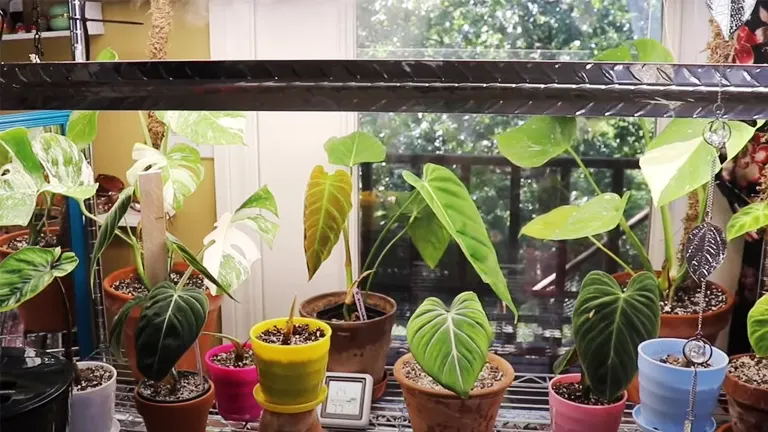
Observing and understanding the light requirements of your Philodendron is essential for its health and growth. Philodendrons, like many houseplants, are sensitive to their lighting conditions, and their response to the light they receive can be quite telling. When a Philodendron receives too much direct sunlight, it often exhibits clear signs of distress. The most common indications include yellowing leaves or leaves that appear burnt and crispy at the edges. This is a plant’s way of signaling that the intensity of the light is too high, and it’s suffering from overexposure. In contrast, insufficient light also negatively impacts the Philodendron, evident through its growth pattern. A plant receiving too little light tends to exhibit spindly growth. The stems may stretch out, reaching for light, and the leaves may become small and sparse. This lack of robust growth indicates the need for more light.
To ensure the optimal health and appearance of your Philodendron, it’s crucial to find the right balance in its lighting conditions. This often involves adjusting the plant’s position within your space. For instance, moving a Philodendron away from a window that receives intense direct sunlight can prevent the yellowing and crisping of the leaves. Alternatively, if the plant is in a too dim area, placing it closer to a light source or in a spot with bright, indirect sunlight can promote healthier growth. It’s important to remember that these adjustments might not produce immediate results. Plants take time to acclimate to new conditions, so it’s essential to make changes gradually and monitor the plant’s response over time. By attentively observing your Philodendron and responding to its needs, you can significantly improve its vitality and ensure it thrives in your care.
Popular Varieties
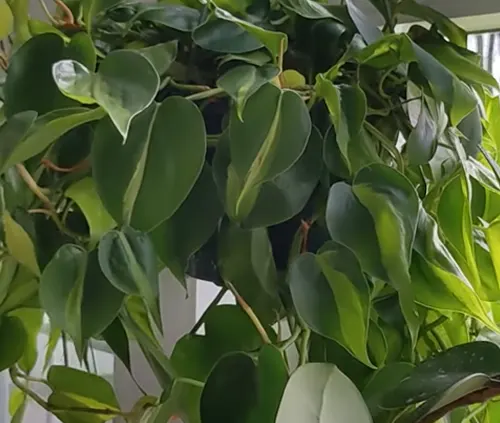
Philodendron Hederaceum
Commonly known as the Heartleaf Philodendron, a heart-shaped leaves and versatile growing habits, is not only an attractive houseplant but also an excellent choice for those seeking a low-maintenance, air-purifying indoor plant.
Philodendron Bipinnatifidum
Also commonly known as the Tree Philodendron or Split-leaf Philodendron, is a striking species within the Philodendron genus. It is distinguished by its unique foliage and growth pattern, making it a popular choice for indoor and outdoor plant enthusiasts.

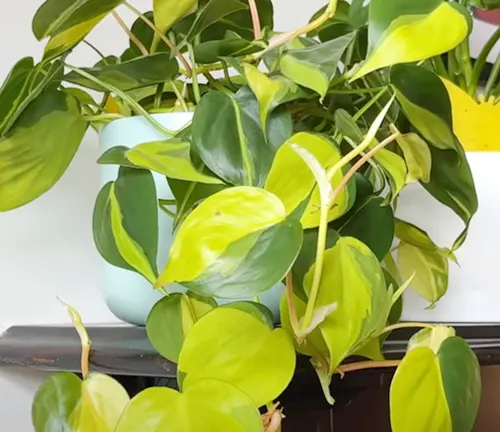
Philodendron ‘Brasil’
A cultivated variety of the Philodendron hederaceum, is admired for its striking variegated foliage. This particular cultivar adds a vibrant splash of color to the classic Philodendron profile, making it a favorite among houseplant enthusiasts.
Philodendron ‘Pink Princess’
A highly sought-after cultivar in the Philodendron genus, celebrated for its unique coloration and striking appearance. This variety has garnered a dedicated following among plant enthusiasts for its distinctive features.

Conclusion
The Philodendron, with its unmatched versatility and resilience, has established itself as an exemplary plant choice for a broad spectrum of plant lovers, from seasoned horticulturists to those just beginning their journey into the world of indoor gardening. Esteemed for its low-maintenance nature, this plant genus adapts seamlessly to a variety of indoor environments, be it in homes, offices, or commercial spaces. The ease with which it adjusts to different light conditions, humidity levels, and temperatures makes it a hassle-free option for adding a touch of greenery to any setting.
Not only does the Philodendron require minimal attention in terms of care, but it also graces indoor spaces with its lush, tropical beauty. The plant’s foliage, ranging from deep, verdant greens to intricate variegated patterns, brings an element of the exotic rainforest into the urban dwelling. Its aesthetic appeal is further enhanced by the diversity in leaf shapes and sizes, which can complement a wide array of interior decor styles. The climbing varieties add a dynamic vertical element, while the more compact, non-climbing types serve as elegant, standalone pieces.
In addition to their visual allure, Philodendrons contribute to the well-being of indoor environments. Their presence is known to purify the air, reducing the levels of indoor pollutants and providing a fresher, healthier atmosphere. This aspect, coupled with the psychological benefits of nurturing a living plant, enhances the quality of life and well-being for their caretakers.
Frequent Asked Questions (FAQs)
- What types of environments are best for Philodendron plants?
Philodendrons thrive in warm, humid environments with indirect sunlight. They prefer temperatures between 60 to 80°F (15 to 27°C) and can adapt to various indoor settings. - How often should I water my Philodendron?
Water your Philodendron when the top inch of soil feels dry. They prefer consistently moist soil, but over-watering can lead to root rot. - Do Philodendrons need direct sunlight?
No, Philodendrons prefer indirect light. Direct sunlight can scorch their leaves, so it’s best to place them in a spot with filtered or indirect sunlight. - Are Philodendron plants toxic to pets?
Yes, Philodendrons are toxic if ingested, so it’s important to keep them away from pets and small children. - How can I tell if I’m over-watering my Philodendron?
Signs of over-watering include yellowing leaves, a mushy stem base, and rotting or foul-smelling roots. - Can Philodendron plants purify indoor air?
Yes, Philodendrons are known to help purify the air, removing certain toxins and improving indoor air quality. - How do I propagate a Philodendron?
Philodendrons can be propagated by stem cuttings. Place a cutting with at least two nodes in water or soil, and it should root within a few weeks. - Why are the leaves on my Philodendron turning yellow?
Yellow leaves can be a sign of over-watering, under-watering, or too much direct sunlight. It’s important to assess your plant’s environment and care routine. - How fast do Philodendrons grow?
Growth rate can vary depending on the species, but most Philodendrons are relatively fast growers, especially in warm, humid conditions with plenty of indirect light. - Do Philodendrons need a lot of fertilizer?
Philodendrons do not require heavy feeding. Fertilize them sparingly, about once a month during the growing season, with a balanced, water-soluble fertilizer.


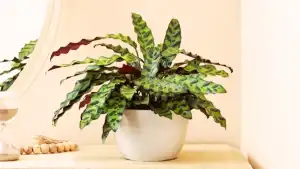


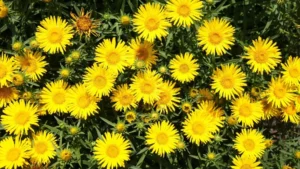
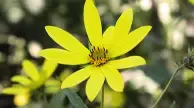
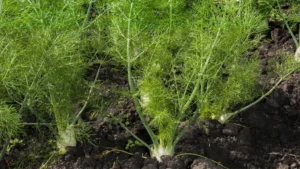


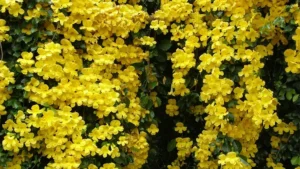
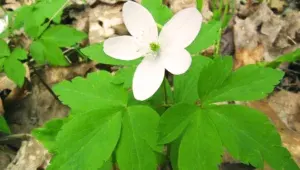

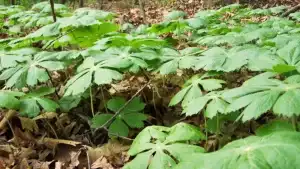
Leave your comment